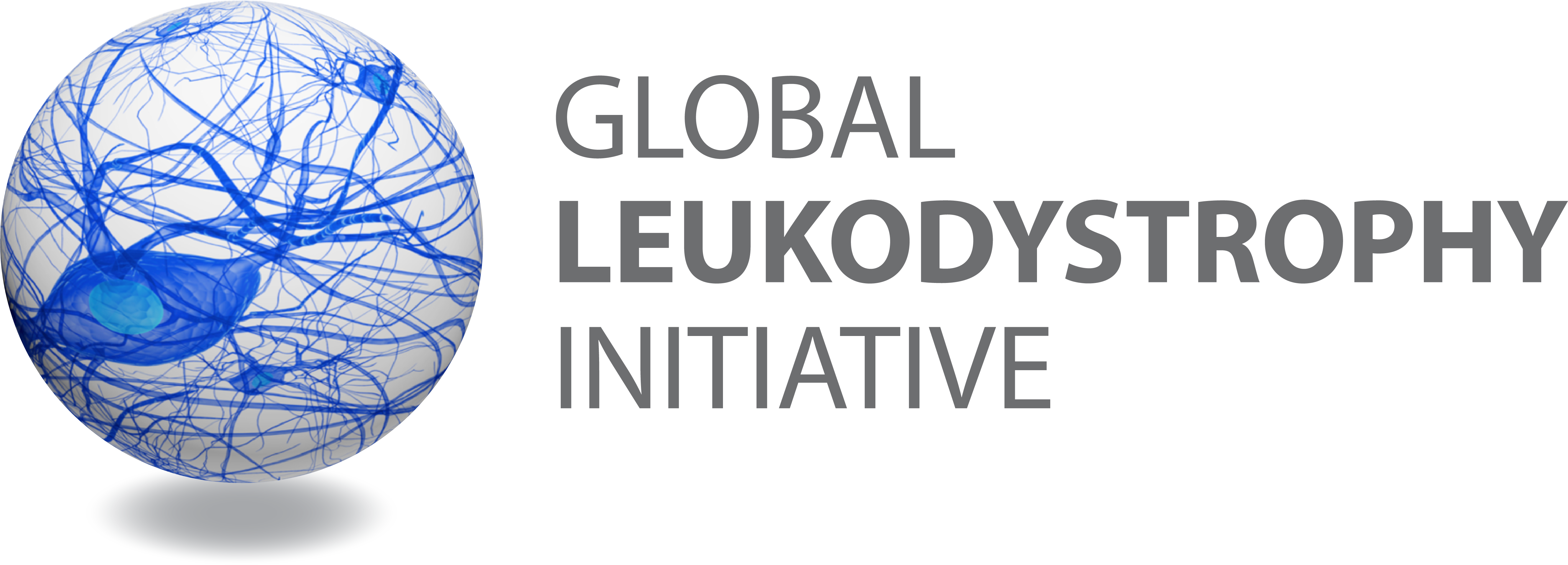Project 1 - Longitudinal Natural History Study
Leukodystrophies are rare inherited diseases that affect the white matter of the brain due to the loss or absence of myelin, the lipid membrane that insulates axons in the nervous systems. Although they are caused by disparate molecular etiologies, similar functional impairments are common across all leukodystrophies and generally appear to be associated with disease progression. Clinical outcome assessments (COA) are critically lacking, with very few validated tools available for use in clinical trials.
This project will advance the clinical trial readiness for multiple leukodystrophies by creating an outcomes assessment “toolbox” and multi-center data integration systems. Further, this project will catalyze ongoing efforts within the leukodystrophy community by bringing together dozens of patient advocacy groups, industry stakeholders, and existing research consortia.
Project 1 will focus on the following five disorders that have either ongoing newborn screening programs or are considered to be at a state of clinical trial readiness.
-
Aicardi-Goutières Syndrome
-
Adrenoleukodystrophy/Adrenomyeloneuropathy
-
Alexander Disease
-
Metachromatic Leukodystrophy
-
Pelizaeus-Merzbacher Disease (PMD)
This selection is further justified by preliminary epidemiological data suggesting that these five conditions alone account for nearly 40% of all individuals diagnosed with leukodystrophy. The investigators would to emphasize, however, that the knowledge and tools developed through this project will be applicable to all other leukodystrophies and even other rare disorders causing similar clinical manifestations.
AIM 1: ASSESS THE VALIDITY OF EXISTING CLINICAL OUTCOME ASSESSMENT TOOLS IN THE LEUKODYSTROPHIES
Investigators propose to compare and determine the reliability, reproducibility, and validity of different clinical outcome assessments (COA) across a cohort of at least 300 individuals in a multi-center setting. Enrolled participants will be followed every 12 months for at least 24 months. Investigators seek to define tools appropriate for use in future clinical trials for the target disorders and will expand their research to include additional measures if these initial tools fail to demonstrate validity. Our investigators have adapted guidelines of the World Health Organization’s International Classification of Functioning, Disability, and Health (WHO ICF) by focusing on each individual’s abilities (i.e. body functions, activities, and participation) rather than disabilities. Successful outcomes assessments will have undergone face validation, inter-rater reliability, reproducibility, longitudinal stability, internal validation, and construct validity under the careful oversight the GLIA-CTN Data Integration Core (DIC).
AIM 2: USE PATIENT REPORTED OUTCOME MEASURES TO BETTER UNDERSTAND DISEASE PROGRESSION
The cohort of individuals established in the previous aim will undergo prospective patient-report outcomes (PROs) in the patient’s own home at intervals of six (6) months over a period of at least twenty-four (24) months. Patients or their caregivers will receive a series of neuro-cognitive, motor and quality of life surveys sent digitally via secure REDCap surveys. To measure neuro-cognitive impairment (i.e. the domains of executive function, social communication, adaptive function and behavioral problems) comprehensive questionnaires will be filled out remotely by the participant and/or their caregivers. Individuals will also be invited to participate in scheduled video assessments to quantitatively measure gait, balance and mobility using wearable sensor technologies. The overall goal is to establish the feasibility of PROs combined with remote assessments to define the temporal progression of leukodystrophies and supplement clinical trial outcomes.
AIM 3: USE ELECTRONIC MEDICAL RECORD (EMR) DATA MINING TO EXTRACT MEANINGFUL DATA ABOUT DISEASE COURSE AND MODIFIERS.
Using a cohort of over 1,000 individuals, this aim seeks to analyze time-to-event data to establish time intervals between specific clinical milestones (ex. age of onset, disease type, genotype) and clinical outcomes such as time to loss of ambulation, supportive feeding, respiratory support, surgery, hospitalization, or death. Additionally, these milestones will be assessed as covariables to address questions such as “Does the timing of G-Tube placement affect the frequency of hospitalizations?” To obtain this information, investigators will use extensive Electronic Medical Record (EMR) databases to extract discrete clinical data in a compliant fashion.
This longitudinal study will provide a body of data and management approaches that will inform and empower the projects below, along with broader goals of our scientific, advocacy, and commercial stakeholders. The anticipated impact of this project is to define the best tools to understand natural history in individuals with leukodystrophy.

